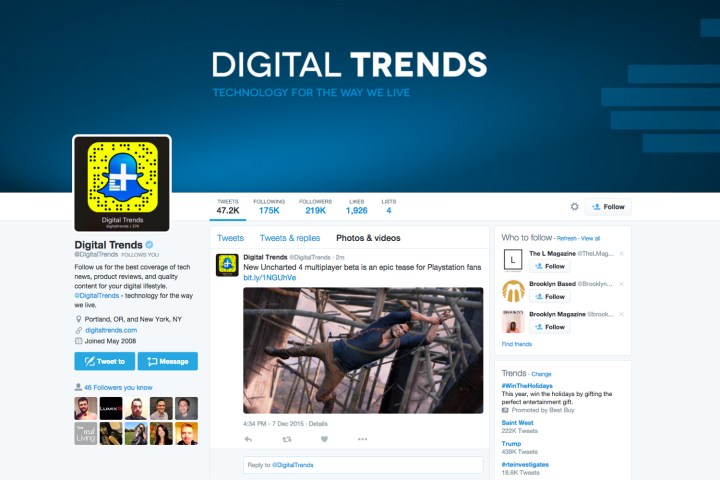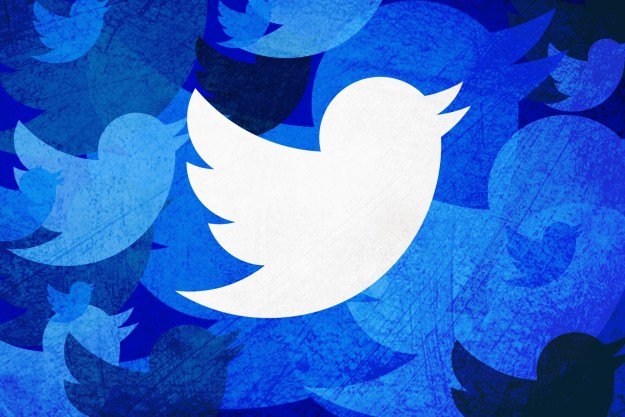
In the past, Twitter cropped all the images on its service in order to create a constant experience for all users. Meaning that unless you looked up its image dimension guidelines, your full-size photos would appear cut off within your tweets, expanding once someone clicked on the image.
To a certain extent, this restriction is no more. Photos within tweets will now appear in the size they were taken. However, photos larger than a certain (undisclosed) size are appearing in a square format, as TechCrunch points out. Additionally, some users noted that the changes aren’t appearing for them at present. A quick scroll through our timeline revealed that some images were definitely larger than others, with certain photos still appearing in the original cropped format.
Larger-sized images will also be displayed when multiple images are uploaded within one tweet. In the latter case, the lead image will be emphasized, with others reduced to fit within the generic collage layout used by Twitter.
Starting today, we’re introducing a richer photo experience on https://t.co/mIbPaWDIYL: https://t.co/w8zA0s1mQ9 pic.twitter.com/Jn2jgOVDfc
— Twitter (@twitter) December 7, 2015
The move is another step toward Twitter’s goal of creating a more visual platform. For a service that was once driven by text-only content, the past year has seen it implement significant changes — including autoplaying videos, and the image-heavy Moments feature aimed at attracting new users — in regard to visual media.
For those uninterested in Twitter’s visual capabilities, it will mean more scrolling within an already photo-heavy platform as images take up more space. Purists may argue that the service is detracting from the effusive content that propelled its popularity by continually putting the emphasis on images. Nonetheless, visuals attract the most engagement and that is exactly what Twitter is trying to achieve.
Editors' Recommendations
- Bluesky barrels toward 1 million new sign-ups in a day
- X says it’s squashing the bug that deleted Twitter images and links
- Why is Twitter called X now? Here’s everything you need to know
- Meta’s Twitter rival Threads to launch on Thursday
- Australia threatens Twitter with huge fines over hate speech

